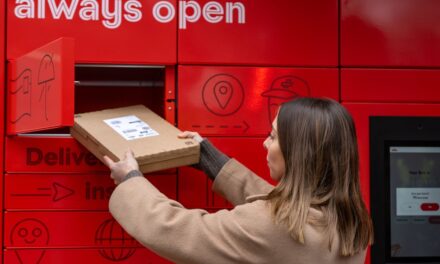
imail Postcards goes HD
UK Mail’s hybrid mailing service imail has enhanced its desktop to doormat mail delivery solution by laminating mailshot cards to protect them as they go through Royal Mails system with the purchase of two top of the range laminators. This new product upgrade enables companies to create, customise and send full colour, double-sided A5 mailshots direct from a computer to addresses across the UK in pristine condition. The mailshot postcards service is available to companies of all sizes allowing users to avoid the typically high costs associated with print bureau services, marketing agencies and high street printers, for lower volume direct mail campaigns. It includes no minimum charge and a mailing is priced per item, offering an affordable direct mail solution that can cut costs by more than 50 per cent on traditional methods, when taking into consideration printing, production and postage costs.
All mailshots postcards are printed on quality, high-gloss A5 paper; imail had previously been UV coating the cards for a slick look and finish however this was not protecting the cards from occasional damage caused by Royal Mails sorting machine.
Andy Barber, General Manager of imail, commented, ‘we send out millions of postcards a year and so it’s really important that we deliver a quality product in order for our customers to get better response rates. Mailshot postcards are an economical and eye-catching way of communicating messages to customers quickly and effectively. With the investment into two top of the range laminators we can ensure all cards arrive in prescribe condition. The laminating makes the colours on the cards look vivid, similar to a HD picture on Plasma and will be sure to standout on the doormat.’
UK Mail, launched imail in 2008 as an alternative to the first class postal service. This unique service allows users to create, proof, print and post letters, postcards and marketing material direct from a PC, MAC or laptop with cost savings of up to 50 per cent, whilst also reducing the carbon footprint of a letter by more than 80 per cent.








